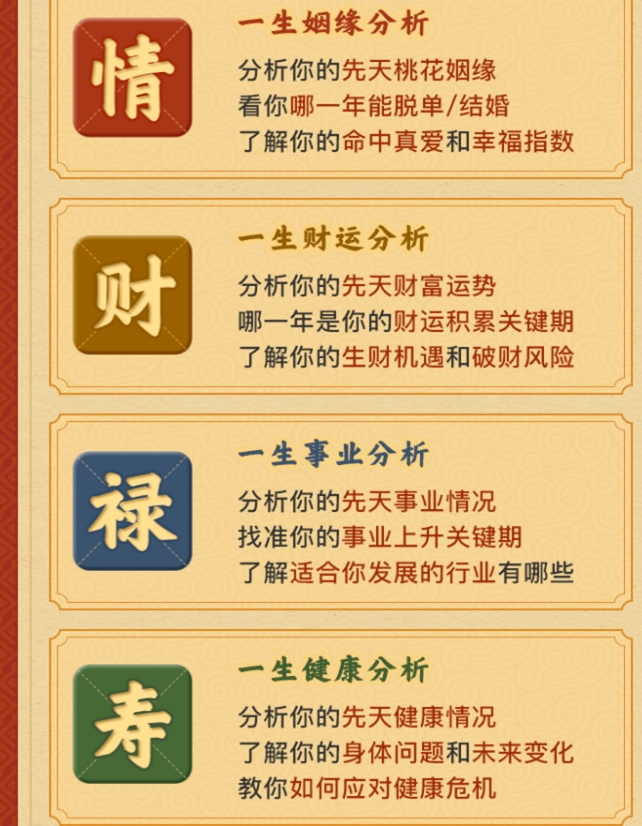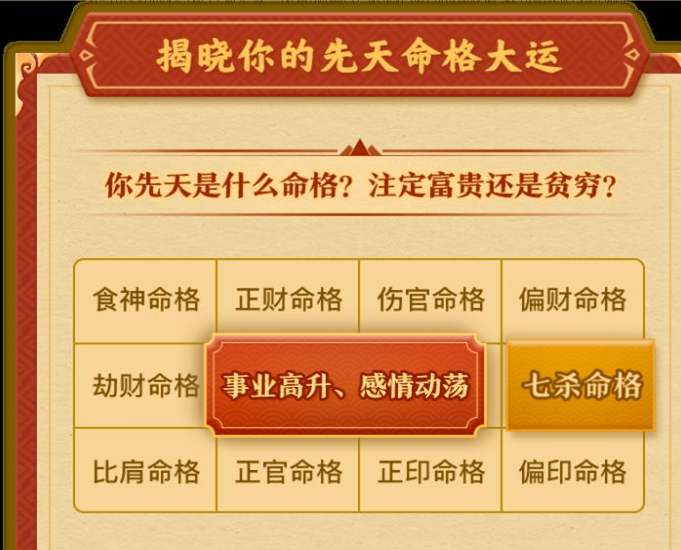How to Write November 28, 2025 in English, Mastering Date Formats for International Professionals, Essential Guide for ESL Learners
When writing dates in English, particularly November 28, 2025, there are several acceptable formats that vary by region and context. The most common formats include the month-day-year (November 28, 2025) and day-month-year (28 November 2025) structures. American English typically prefers the former, while British English favors the latter. Understanding these distinctions becomes crucial when drafting formal documents, academic papers, or international correspondence where date interpretation errors could lead to significant misunderstandings.
The month-day-year format (November 28, 2025) remains dominant in the United States and is widely recognized globally due to American cultural influence. This format lists the full month name followed by the day as a cardinal number and concludes with the four-digit year. When writing this date in business communications, it's advisable to maintain consistency with your organization's style guide or the recipient's regional conventions. Many international companies operating in multiple territories adopt this format for uniformity across their English-language documents.
For academic and formal writing contexts, particularly in British-influenced systems, the day-month-year format (28 November 2025) prevails. This structure eliminates potential confusion between the day and month positions, especially when dates might be interpreted differently by international readers. The day appears as a cardinal number without ordinal suffixes (28 instead of 28th), followed by the spelled-out month and complete year. This format appears frequently in European business correspondence and Commonwealth nations' official documents.
Numerical representations of November 28, 2025 present greater potential for confusion and should generally be avoided in international contexts unless absolutely necessary. The American numerical format 11/28/2025 directly contrasts with the British 28/11/2025, where the day and month positions are reversed. When space constraints require numerical dates, consider using the ISO 8601 standard format (2025-11-28), which arranges components from largest to smallest unit (year-month-day) and is increasingly adopted in technical fields and global databases.
Formal legal documents and ceremonial certificates often employ elaborate date constructions for November 28, 2025. These might include ordinal indicators ("the twenty-eighth day of November") or completely spelled-out formats ("the twenty-eighth day of November, two thousand twenty-five"). Such verbose dating serves both traditional purposes and clarity assurance, leaving no room for misinterpretation in contracts, deeds, or official proclamations where date precision carries legal consequences.
Digital platforms and content management systems frequently automate date formatting, but understanding manual entry remains valuable. When inputting November 28, 2025 into databases or content fields, check whether the system expects month-first or day-first entry. Many web forms now include date pickers to prevent format confusion, but backend systems may store dates differently. Programmers working with date variables should implement locale-aware formatting functions to display November 28, 2025 appropriately based on user location settings.

Journalistic writing maintains specific conventions for November 28, 2025 that differ from academic or business styles. News articles typically place the month abbreviation first (Nov. 28, 2025) when space matters, especially in headlines or captions. The Associated Press Stylebook recommends this abbreviated format except in formal contexts. Broadcast scripts might verbalize the date as "November twenty-eighth" without the year when reporting current events, assuming audience awareness of the temporal context.
Creative writing and literature often approach November 28, 2025 with more flexibility, sometimes emphasizing seasonal context over strict formatting. A novelist might describe "a chilly November morning, the 28th" or "late autumn, 2025" to establish temporal setting without rigid date structures. This narrative technique allows dates to serve atmospheric purposes rather than purely chronological markers. Screenwriters similarly adapt date presentation to script requirements, often simplifying to "NOVEMBER 28, 2025" in scene headings for production clarity.
Historical documentation of November 28, 2025 will likely follow archival standards that prioritize unambiguous interpretation. Archivists recommend spelling out the month completely to prevent future confusion, as abbreviations can become obscure over decades. The Library of Congress suggests "28 November 2025" as the preferred format for permanent records, avoiding commas that might complicate database indexing. Future historians examining records from this date will benefit from consistent, fully articulated dating practices across documents.
Personal correspondence and informal writing about November 28, 2025 permits more relaxed approaches. Friends might reference "11/28" in text messages when the year is understood, or use conversational constructions like "next Friday the 28th." Digital communication platforms often display dates automatically, but when composing handwritten notes or cards, individuals typically choose between "November 28th" or "the 28th of November" based on personal preference rather than strict convention.
Educational materials teaching November 28, 2025 as part of English language curricula emphasize consistency within documents. ESL textbooks demonstrate that switching between "November 28, 2025" and "28th November 2025" within the same text creates confusion. Teachers instruct students to select one format and maintain it throughout an assignment, while recognizing alternative constructions when reading materials from different English-speaking regions. This approach builds both writing skills and cultural awareness of global English variations.

Technical manuals and scientific papers referencing November 28, 2025 increasingly adopt the ISO 8601 standard to prevent misinterpretation in international research collaboration. The format 2025-11-28 appears in clinical trial documentation, engineering specifications, and academic research where precise chronological recording is essential. This system's logical progression from year to month to day facilitates computerized sorting and eliminates regional ambiguity, making it ideal for STEM fields with multinational authorship.
Event planning and invitations for occasions occurring on November 28, 2025 require careful date presentation considering the audience's demographics. Wedding stationery traditionally uses "the twenty-eighth of November, two thousand twenty-five" for formal elegance, while concert posters might opt for bold "NOV 28, 2025" for immediate impact. Corporate event materials often include both numerical and written dates ("Friday, November 28, 2025 (11/28/25)") to accommodate various interpretation preferences among attendees.
Financial documents and banking records concerning November 28, 2025 demand particular precision to prevent transactional errors. Checks in the United States use "November 28, 2025" format exclusively, while international wire transfers typically require ISO-standard dating. Stock market filings and annual reports maintain strict dating protocols that often include the weekday ("Friday, November 28, 2025") to correlate with specific trading sessions and regulatory deadlines in global financial systems.
Travel itineraries and transportation schedules for November 28, 2025 must accommodate international passengers through clear date presentation. Airlines increasingly use three-letter month abbreviations (28 NOV 2025) on tickets and boarding passes for compact universal recognition. Train schedules in Europe combine day-month-year formats with 24-hour time notation, while cruise ship calendars might highlight "Day 5: November 28" within voyage contexts. This variety demonstrates how industries adapt date display to their operational needs.
Medical records documenting patient visits or procedures on November 28, 2025 follow strict formatting to prevent treatment errors. Electronic health record systems often auto-generate dates in locale-specific formats but store them in standardized databases. Prescription labels increasingly include both numerical and written dates to enhance patient understanding, particularly for elderly or vision-impaired individuals who might misread "11/28/25" as other dates without verbal confirmation.

Government forms and bureaucratic paperwork requesting November 28, 2025 as an entry typically specify expected formats in instructions. Tax documents in the U.S. mandate "MM/DD/YYYY" fields, while UK visa applications require "DD/MM/YYYY" input. International organizations like the UN often provide examples of how to write the date to prevent processing delays caused by format misunderstandings. These institutional requirements highlight how date conventions carry administrative consequences beyond mere stylistic preference.
Software localization presents unique challenges when displaying November 28, 2025 across international user interfaces. Developers must implement dynamic formatting that adjusts date presentation based on system locale settings while maintaining backend consistency. User experience research indicates that displaying dates in the viewer's native format reduces cognitive load, making "28/11/2025" preferable for French users and "11/28/2025" better for American users despite representing the same chronological point.
Personal digital devices like smartphones and smartwatches demonstrate how November 28, 2025 will appear differently based on user preferences. Calendar apps allow customization between multiple date formats, while voice assistants might read dates aloud as "November twenty-eighth" or "the twenty-eighth of November" depending on language settings. This personalization reflects how technology adapts to individual needs while maintaining underlying data consistency across platforms and applications.
Considering the various contexts where November 28, 2025 might appear, the most effective approach combines awareness of audience expectations with consistent application within any single document or communication. While no single format satisfies all situations, understanding the rationale behind different conventions enables appropriate adaptation whether drafting legal contracts, scientific reports, or personal letters. The evolution of date presentation continues as digital communication creates new hybrid formats and international collaboration demands clearer standards.